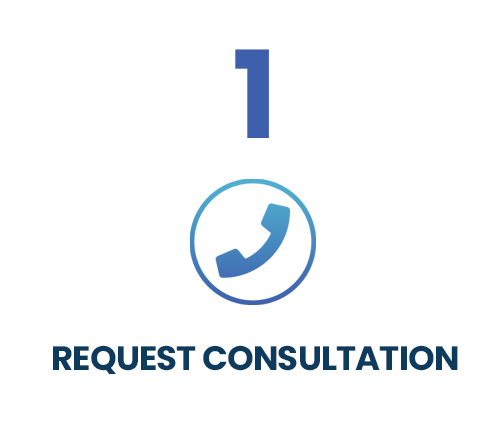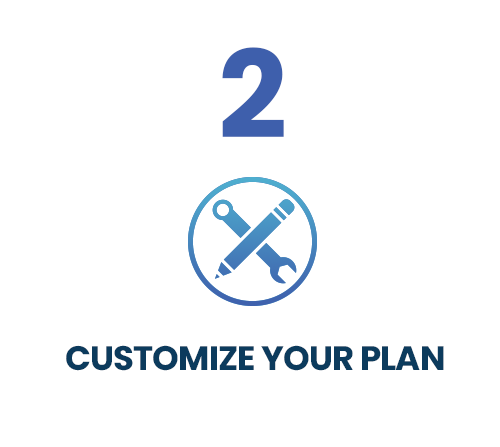Consumers are becoming increasingly accustomed to doing a large portion of their online browsing and shopping from the convenience of their smartphone. Therefore, if your website fails to deliver a mobile-friendly experience, consumers will move on to a competing website that can.
To begin converting more smartphone visitors into paying customers, implement these actionable tips into your website today.
1. Customize Content for Smartphone Users
One of the most important things to consider when optimizing your website for smartphone conversions is your content. If smartphone users have to sift through irrelevant content to find what they’re looking for, the likelihood of them staying on your website long enough to convert into a purchase or lead will dramatically decrease. Smartphone users are typically on-the-go, and want to find what they are looking for quickly. The information provided should be clear, concise, and crafted around the intent of the smartphone user. Keep in mind that when customers are on-the-go, they typically want to find a businesses location, phone number, or hours of operation. So, make sure these details are readily available and highly visible on your website.
2. Organize CTAs Accordingly with Smartphone Behavior
When it comes to optimizing your website for smartphone conversions, make sure your calls to action are legible and large enough that smartphone users do not have to pinch and zoom to read or click on them. Then, determine which calls to action will be most effective for smartphone users. Remember, smartphone users are on-the-go. While a call to action to download an in-depth 20-page white paper may be a huge success for desktop users, it is very unlikely that smartphone users will want to open and read that same paper on their smartphone device. More effective calls to action for a mobile user may be “Find a Store,” “Click to Call,” or “Get Directions.” Such calls to action prompt conversions and are formulated specifically around the smartphone user-experience.
3. Keep Contact Forms Short & Simple
As a Tampa web design agency that specializes in responsive web design, we recommend keeping contact forms short and simple when optimizing your website for smartphone users. Forms that require less information to be submitted perform better than forms that require a greater amount of information. This is especially true for smartphone users. The smaller screen sizes of smartphone devices make it difficult for smartphone users to input a lot of information, and may deter them from completing the form. The goal of your forms is to gain leads, so the less information your forms require from smartphone users, the better.














